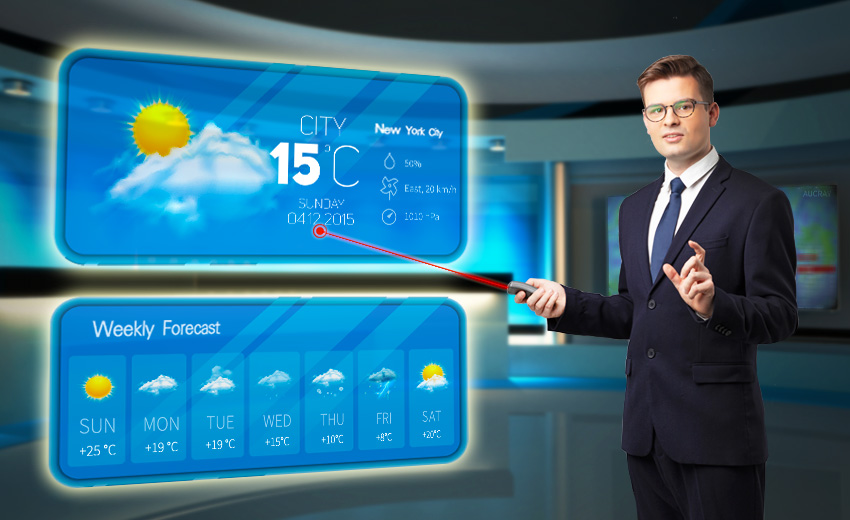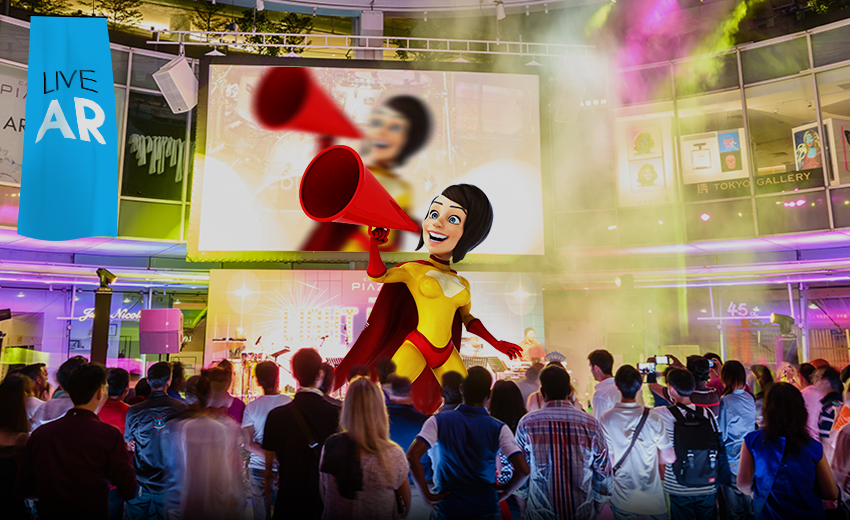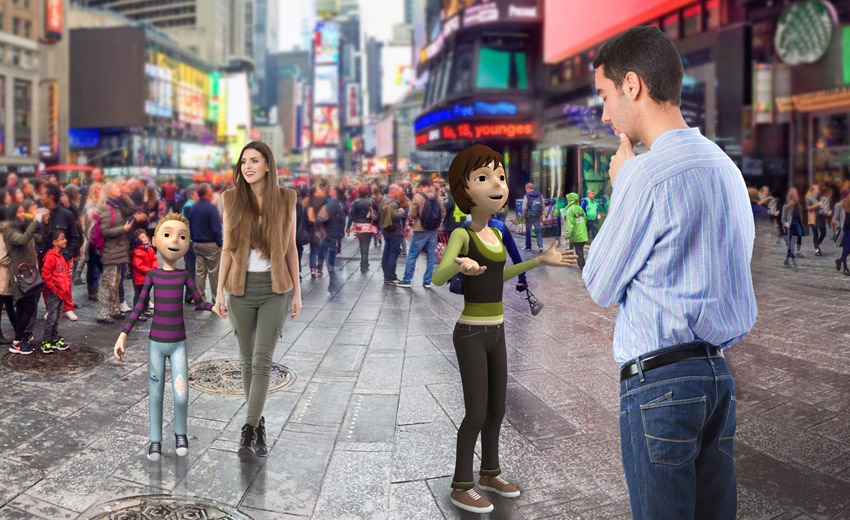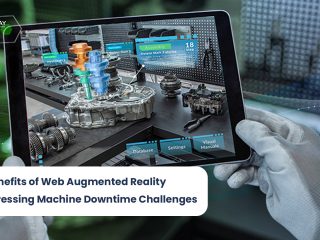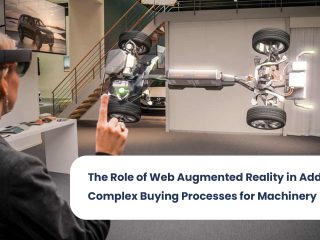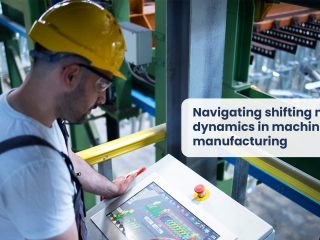Everybody who is anybody in the Tech world these days has been taking the idea of Augmented Reality truly as of late. The term has moved toward becoming to some degree a popular expression and is by all accounts springing up all over the place.
With Facebook’s acquisition of Virtual Reality (VR) headset producer Oculus in 2014, Google’s test Cardboard viewer, and Microsoft’s HoloLens Augmented Reality (AR) framework, innovations that have for some time been expensive to the point that they seldom were seen outside of an R&D lab have now turned out to be reasonable for an average person. Ground-breaking designs and production tools that empower broadcasters to make virtual objects that show up as though they’re entirely in the studio have now been accessible for a couple of years, yet have just turned into a standard component for significant TV networks in the most recent year.
The broadcast is progressively embracing AR graphics for improved storytelling, taking into account better interaction among presenters and designs objects and even remote areas. AR gives broadcasters an additional dimension of opportunity to tell a complex story in an exceptionally visual manner with the presenter driving the narrative. Augmented Reality applications take into account visually captivating representations of information which would then be able to be better clarified by the presenters kept on the set.
It was very recent when the Weather Channel flaunted its broadcast augmented reality, the internet couldn’t stop discussing how vivid the introduction looked, in spite of being demonstrated on a 2D display. Taking viewers inside a virtual adaptation of Hurricane Florence, guided by a host encompassed by virtual hazard, the network utilized the way to show inhabitants in the path of the storm why they should clear their homes.
Augmented reality (AR) utilizes digital technology to overlay data in video, content or picture format onto regular articles in reality. The user will generally utilize a cell phone, tablet or headset to see the world utilizing AR. AR furnishes marketers with the capability to change a static object, for example, a printed promotion or magazine cover into a vivid 3D experience. AR differs from virtual reality. While augmented reality works by completely submerging the user in a computer created world, AR adds to the world the user would ordinarily observe and upgrades it utilizing digital overlays.
According to Miguel Churruca, Marketing and Communications Director for Brainstorm, Augmented Reality takes into consideration displaying data-driven illustrations alongside real pictures, where a genuine film or live recordings are blended with virtual backgrounds or scenes, chroma keyed abilities and data-driven 3D designs, which can interact with the talents making an alluring environment for the crowd. This “mixed reality” takes into account making virtual conditions where visually captivating representations of the information can be better clarified by the presenters, making complex data less demanding to comprehend while improving the storytelling.
Having had a couple of long periods of experimentation behind them, broadcasters presently have an improved thought of where AR bodes well, how to utilize it, and what sort of AR components make sense. Also, we’re presently observing increasingly realistic illustrations, with the presentation of hyper-realism. Utilizing render engines broadcasters are tiding over and expelling barriers to entry.
To capitalize on this specific situation, broadcasters need to make an environment where:
- New audiences make an everyday propensity for tuning in; be it on their cell phone or connected with the TV.
- Viewers tune in for one portion and remain for another.
- The audience is engaged in climate and traffic storytelling procedures that have a one of a kind experience when delivered on the extra-large TV screen.
Augmented reality can deliver on these objectives by drenching the audience in another sort of storytelling. A board looked into study led by The Weather Company affirms fragments that highlight augmented reality are all the more captivating and keep viewers tuned in more than standard broadcasts.
Reasons to Adopt AR
More Brand Awareness
AR campaigns help to build awareness of your brand by developing a “stunning” factor, getting your customers and the media discussing your brand. AR is especially effective as bringing awareness on the grounds that the innovation is generally new and the experience of interacting with a brand through AR is as yet a novel experience for generally most of the customers.
More Customer Engagement
As indicated by a study done by Blippar, a pioneer of augmented reality application, marketing campaigns which use AR have a normal dwell time of 75 seconds. To place this in context, conventional radio and TV advertisements have a dwell time of simply 2.5 seconds. This ensures that there is more customer engagement. With more customer engagement, companies can have a good time interacting with their users hence, selling their products and services more effectively.
Enhanced Customer Experience
Incorporating AR into your advertising efforts can enhance the customer experience, as your clients have more data available to them, and can settle on decisions and complete transactions at a more noteworthy speed. Also, enhanced customer experience can bring in customer loyalty for your brand.

Delivering Digital in Real World
Maybe the greatest advantage AR gives is the ability to interface the digital marketing effort to the customers’ physical experience in new and imaginative ways. AR bridges conventional and advanced marketing channels, enabling marketers to transform a static physical advert or leaflet into a digital experience, which can be effectively connected to your marketing efforts.
More Growth
The developing maturity of the business has helped graphics sellers create better solutions that are enhancing the quality of the augmented reality viewing knowledge. Brainstorm’s Churruca expounds on what details help to enhance the viewer experience. AR is group work, including design, data gathering and the management, virtual sets, camera tracking and considerably more. In this way, the ideal integration between the diverse real and virtual objects and the backgrounds winds up essential, however, what truly has the effect for the group of audience is to be not able to tell whether the pictures they are viewing are genuine recordings or digital renders. But, for virtual set production and live broadcast operation, photorealism is a muddled challenge due to the limitations of real-time rendering and operation.
These advances offer extremely energizing new opportunities for income generation. At a fundamental dimension, utilizing AR and virtual set tools in the studio to augment storytelling brings down expenses, empowers quick changes to any condition. Stations can utilize virtual set innovation to make much more content and a more noteworthy number of shows inside a similar studio space. Without the time and bother of building and disassembling physical sets between shows, new incomes can open up thanks to more effective of valuable land in the studio.
While AR innovation is still in its earliest stages, it is starting to get on and the practically boundless possible outcomes it presents imply that it has tremendous potential. In 2012, there were 188 million downloads of AR applications. By 2019, it is expected that there will be more than 3.5 billion downloads.
As organizations, for example, Google and Facebook keep on creating AR viewing innovation and application, designers keep on refining programming, almost certainly, AR will soon turn into setup and a fundamental tool of any marketing effort. By staying up with the latest advancements in the AR business and identifying how you can fuse augmented reality into your future marketing efforts, you can keep from falling behind in the marketing scope of the area.
